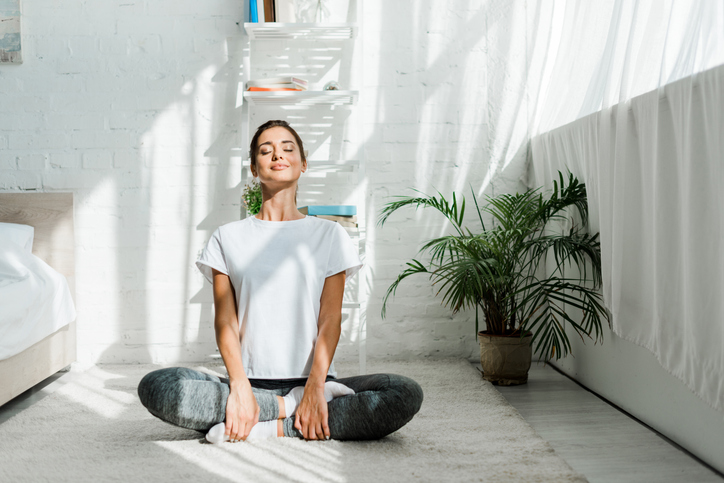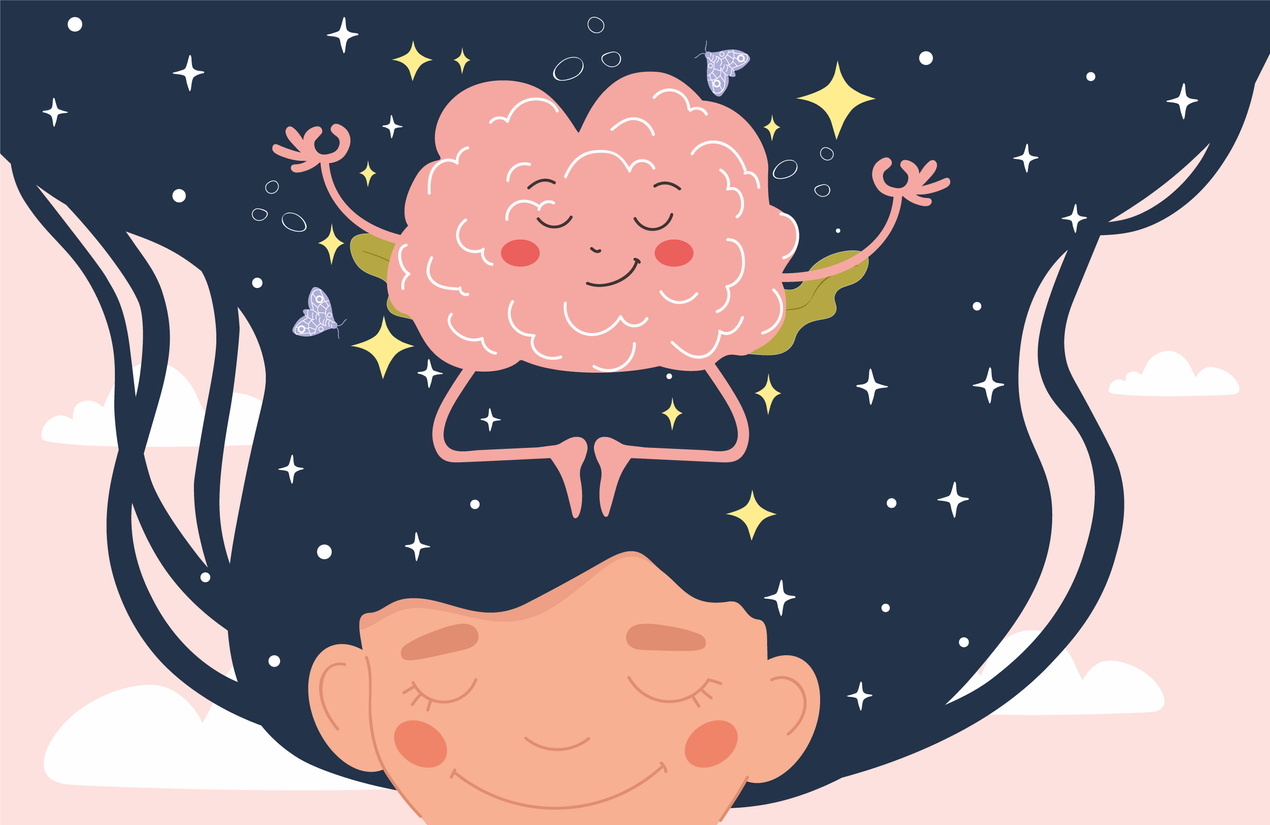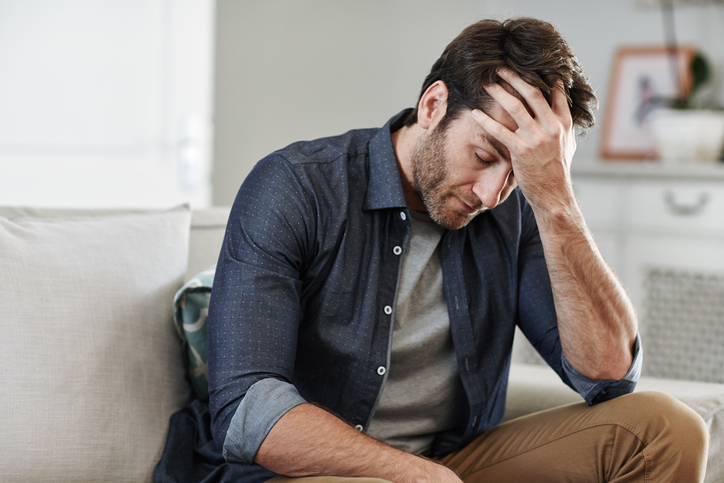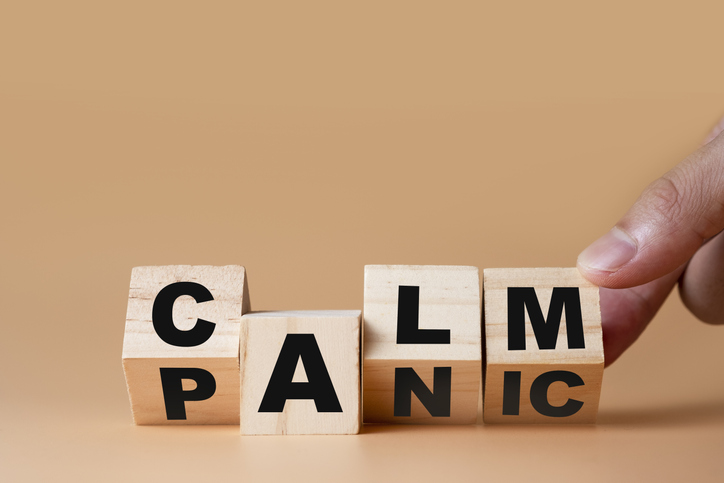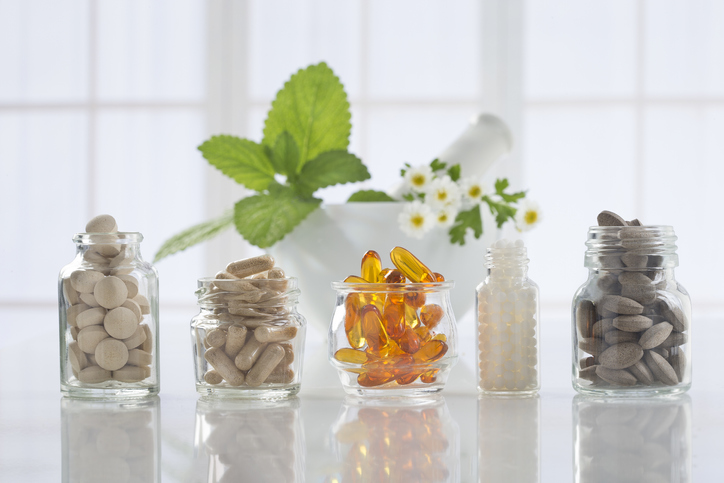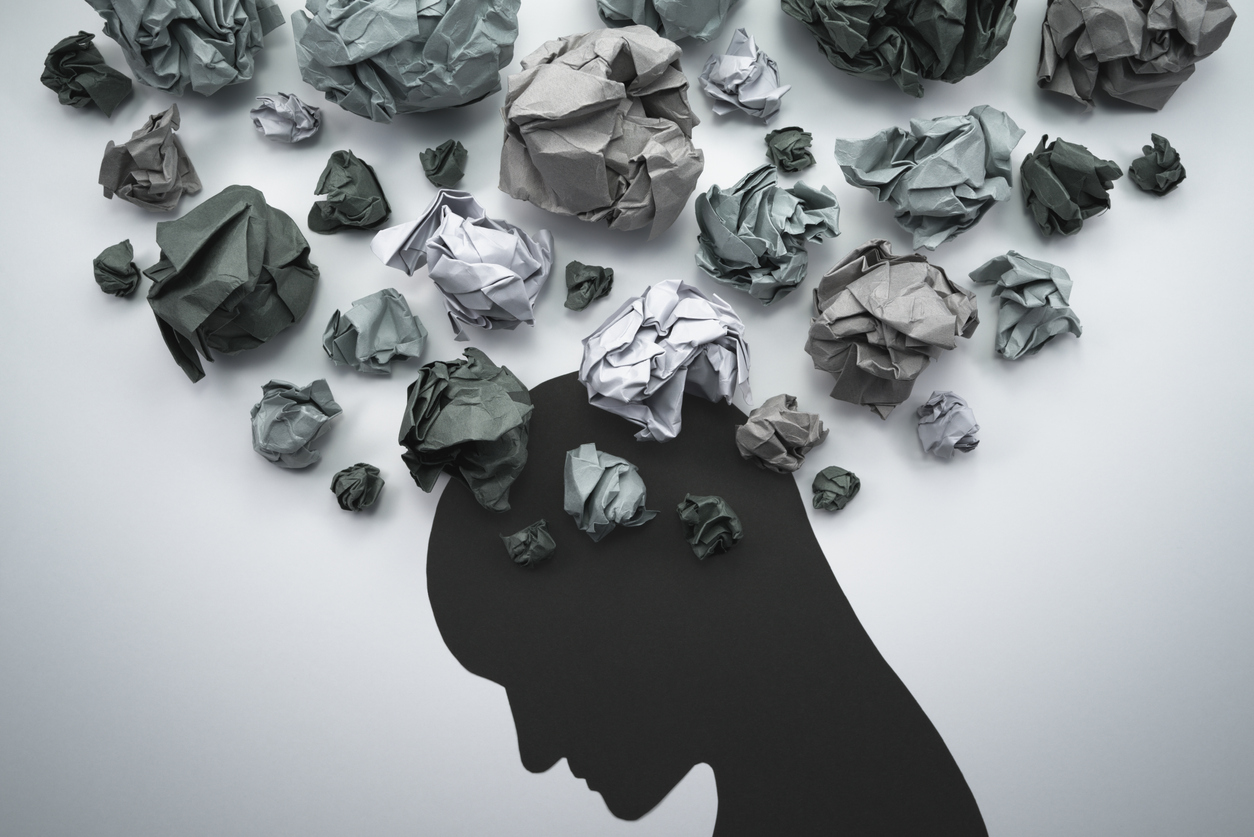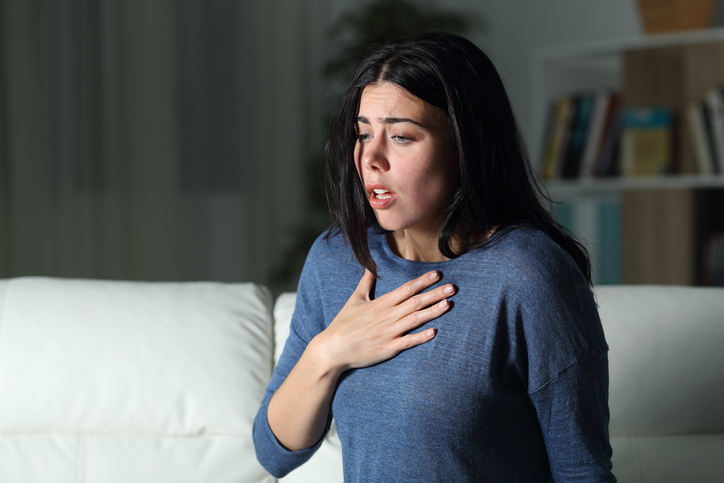Living with Chronic Pain
Alternative and Complementary Treatments for Anxiety

7 people found this helpful
Print
Share
Save
For individuals with anxiety who prefer alternative options to conventional anxiety treatments or need additional support to reduce symptoms, treatments, such as biofeedback, meditation and massage, are available. These treatments can be used alone or in addition to medications, psychotherapy, or other treatments.
- Biofeedback
During a biofeedback session, specialized technology records heart rate, respiratory rate, blood pressure, or other body functions. The data is tracked while practicing relaxation techniques to determine which techniques have the greatest effect on reducing symptoms of anxiety, such as rapid breathing or heart rate. - Acupuncture
Acupuncture, an ancient Chinese medical treatment, involves the insertion of thin needles into the skin at points that correspond to different organs in the body. It is thought to have many health benefits, including reducing anxiety. - Massage
Anxiety can cause muscle tension. Massage helps to relax the muscles and helps with overall relaxation. - Meditation
Meditation is the practice of sitting quietly and focusing on breathing and the present moment. It relaxes the body and mind. It may be especially helpful for the treatment of phobias or panic disorder. - Relaxing visualization
Relaxing visualization involves imagining a relaxing scene or environment. Focusing on the imagined sounds, scents, or other sensations that would accompany the scene can have a calming effect. - Deep breathing
Anxiety often causes shallow, rapid breathing. The practice of deep breathing can counteract anxiety symptoms and promote relaxation. Deep breathing involves slowly inhaling through the nose while the abdomen expands, then slowly exhaling through the mouth while the abdomen relaxes. - Progressive muscle relaxation (PMR)
This practice involves tensing and then relaxing the muscles of the body. The goal of progressive muscle relaxation is to ease tension. During PMR, a group of muscles is tensed for 10 to 20 seconds and then released, helping to calm the body and mind. The practice of PMR typically begins with the lower extremities and ends with the face.
